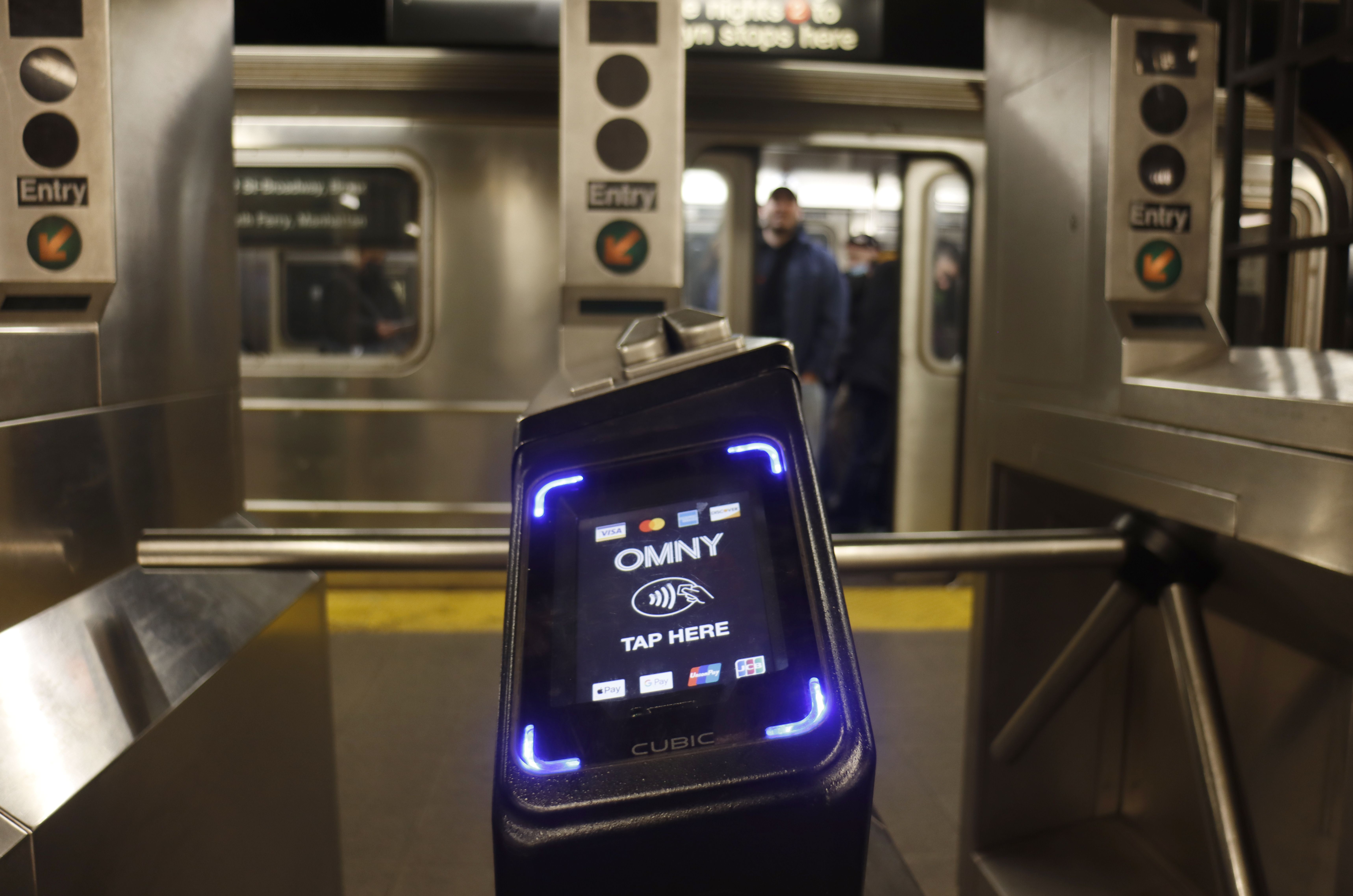New York's Metropolitan Transportation Authority just delivered the final blow to the iconic MetroCard, announcing it will stop selling the yellow-and-blue cards by December 2025. The move caps a dramatic shift toward contactless payments that's transforming how Americans ride public transit, with Apple Pay and Google Pay becoming the new subway currency as cities nationwide rush to modernize aging fare systems.
The MetroCard is officially dead. After two decades as New York's subway lifeline, the Metropolitan Transportation Authority announced it will stop selling the iconic yellow-and-blue plastic cards by year's end. NFC-equipped credit cards and mobile wallets like Apple Pay and Google Pay now dominate the turnstiles, marking a seismic shift in how Americans pay for public transit.
The numbers tell the story of this rapid transformation. New York's OMNY system hit 75% adoption among transit riders as of July 2025, logging nearly 2.8 billion taps since its 2019 debut. That success appears to be the tipping point other cities were waiting for. Last month, Bay Area Rapid Transit became the latest major system to introduce tap-to-pay, joining New York, Philadelphia, Chicago, San Juan, and Washington DC in the contactless revolution.
"If New York, with its Depression-era signal technology and decades-old rolling stock, can make it work, certainly smaller, more technologically nimble cities could too," transit analysts are noting. The pandemic accelerated this shift dramatically - officials saw clear benefits in promoting touch-free experiences while letting riders pay the same way they'd buy coffee.
But the transition hasn't been seamless. Over 40% of riders report experiencing missing or late fare payments according to recent surveys, while others complain about long customer service wait times and transparency issues. More troubling are the equity concerns - many low-income riders lack bank accounts, smartphones, or reliable internet needed for these systems.
The stakes couldn't be higher for struggling transit agencies. A Bloomberg analysis found the largest US mass transit systems face a collective $6 billion deficit in coming years as pandemic bailout money dries up. Ridership has rebounded but remains below pre-COVID levels, creating what experts fear could become a "death spiral" - terrible service driving away riders, leading to even worse service.












